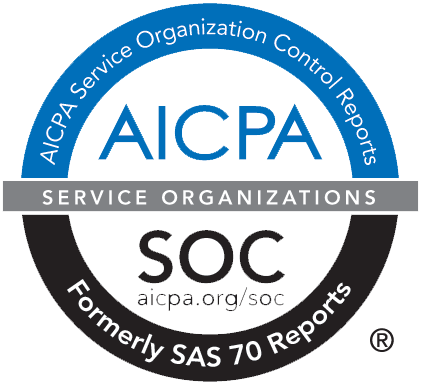Irrespective of how the economy is performing, there’s always pressure on IT managers or departments to cut costs. IT analysts agree that a majority of an IT budget has to be put towards operations and maintenance leaving only a sliver of it for innovation.
Why Reduce IT Cost-to-Serve
IT innovation drives a business’ profitability and opportunities for growth. Hence it’s necessary to reduce IT cost-to-serve through best practices and proper solutions to conserve your human and financial resources. First, you’ll need to understand which best practices apply in your scenario and their potential impact. IT consulting and services can help you make these assessments and figure out improvements that will benefit your business’ specific situation. Knowing your current IT infrastructure and its true efficiency levels can help you figure out ways to save money.
Role of the IT Help Desk
After the assessment, the prime focus is the optimization of your IT infrastructure. To keep budgets under control, your IT infrastructure continuously needs to be monitored, updated, and modified according to the changing needs of your business. It’s one of the major reasons why IT help desk is better outsourced. It functions beyond standard troubleshooting, repairing, and maintaining systems. It also involves optimizing the entire infrastructure through best practices that save money that can be invested into innovation.
Best Practices
Although best practices vary according to your business needs, below are a few examples:
- Deploy server clusters: Server downtime is a major spending area. Server clusters enable applications to continue running uninterrupted during downtime caused by maintenance work, hardware crash, or network failure. The application requirements such as capacity and storage are analyzed. After, an implementation plan for deploying the clusters is created. A support structure is then designed for the server clusters and data protection is provided for times of failure. Once the clusters are secured, they’re tested and deployed.
- Automate provisioning systems: Using pre-defined procedures, the provisioning or servicing systems deploy an IT service electronically without manual support. Users can customize the services themselves thus saving substantial human resources and time that’d otherwise go into activation or change of services.
- Engage in patch management and software/application deployment techniques: By doing this, the system’s vulnerabilities can be overcome and missing or relevant patches, hotfixes, security updates, and patch reports can be deployed by a patch management solution.
- Transition to server virtualization: The hardware is reduced to a great extent as all computing resources are shifted to the cloud. Some of the benefits of server virtualization include the reduction of the energy and data centre footprint, faster provisioning, and improvements to disaster recovery.
- Use standard network security management techniques such as strong firewalls, limited access, data encryption, continuous backup, etc.
- Manage data according to standard practices.
Reducing IT Cost-to-Serve is always a priority. This post demonstrates the need for best practices and potential solutions that reduce IT costs.










